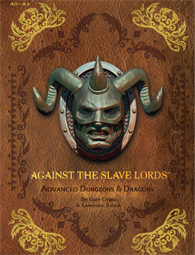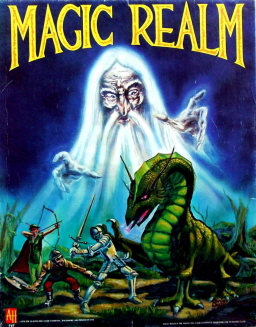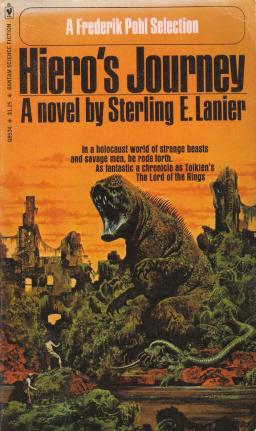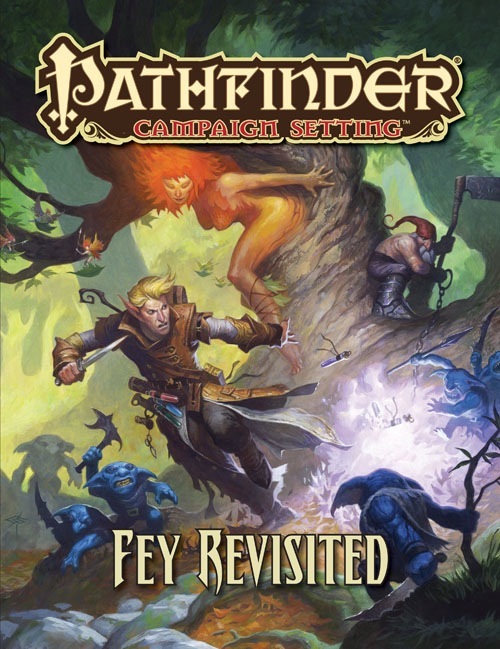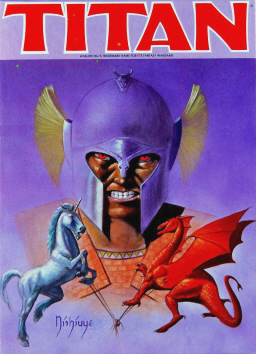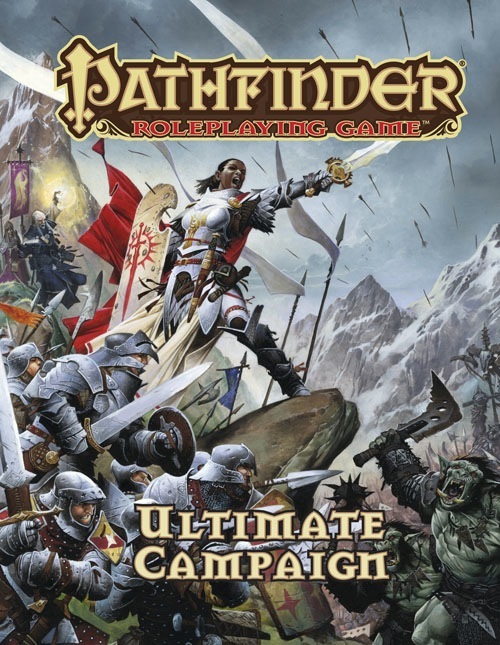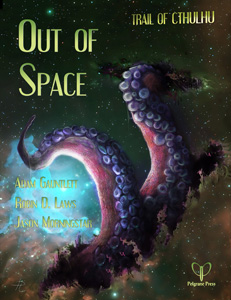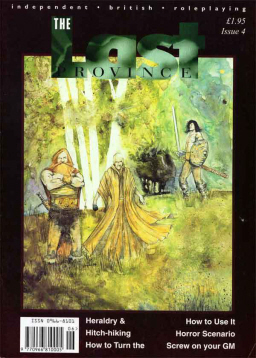Board Game Review: Forbidden Island
The ancient Archeon empire is long gone, but their legacy remains. You are part of a group of adventurers who has landed upon their lost island, seeking their mystical treasures. Unfortunately, the Archeons cursed the island so that if any sought their talismans of power, the island itself would seek to destroy them … can you find and secure the four sacred treasures and get your party – your entire party – back to the helicopter, evacuating the island before it is too late?
That is the scenario of Forbidden Island (Amazon), an award-winning cooperative board game. As a cooperative game, it’s a bit more useful to discuss how to lose the game than how to win it:
- If both Temples, Caves, Palaces, or Gardens tiles sink before you collect their respective treasures.
- If the Fools’ Landing tile sinks.
- If any player is on an island tile that sinks and there is no adjacent tile to swim to.
- If the water level reaches the skull and crossbones.
In other words, victory means:
- Your people all have to survive
- You have to be able to get all 4 sacred treasures (which are dependent upon certain locations on the island)
- You have to be able to get everyone to the Fools’ Landing tile to evacuate on the helicopter. (You also need a helicopter card at that point.)

